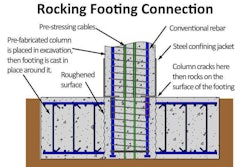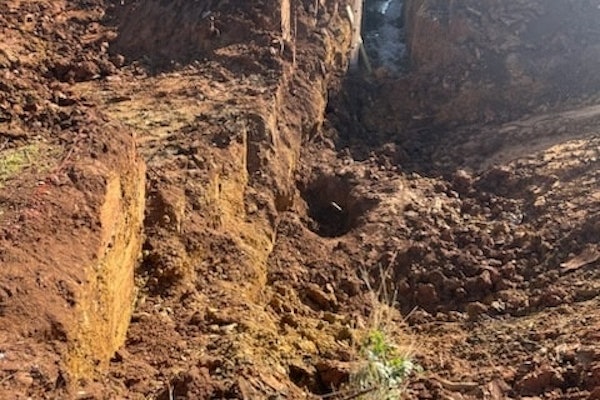
Telematics. It’s a buzzword in the construction industry. Although it’s not a brand-new concept, and the penetration of telematics on the construction equipment industry as a whole is still somewhat low, equipment operators are starting to realize the benefits, especially as more manufacturers include telematics as a solution. In some cases, OEMs are making telematics standard.
Telematics penetration in the global construction equipment sector will reach 30 percent by 2019, according to an ABI Research forecast. This growth is being driven by three key factors (although not necessarily all three of these drive the commercial, off-road market), according to the Visiongain report (tinyurl.com/telematics-BR), “Commercial Vehicle Telematics Market Forecast 2014-2024: What Are The Prospects For Leading Players?”
First, increasing fuel prices accompanied with strong price-competition in logistics create downward pressure on the profit margins of transportation companies and fleet operators and drive them to adopt telematics to sustain profitability and gain competitive advantage. Second, global regulatory mandates that require the use of telematics for safety purposes and the installation of basic Telematics Control Units (TCU) in all new cars and commercial vehicles in Europe from 2015 and in other countries in 2016. Third, there is increased demand for wireless connectivity.
However, the telematics movement has hurdles: the high cost of the hardware for smaller and medium-size fleets and privacy issues such as the potential exposure of sensitive company data. Many larger fleets also already have a fleet management system in place and may not want to invest additional money in a system. However, it’s clear that telematics is the future. With high gas prices and an emphasis on greater efficiency, telematics is a solution that just makes sense.
“Adoption of telematics in the construction industry is a quality of life issue,” says Al Cervero, VP Construction-Mining-Utility, for the Association of Equipment Manufacturers (AEM), which champions the merits of telematics. “We have it on good authority.”
Cervero notes Michael Jones, Google’s Chief Technology Advocate, and Kirk Samuelson, senior vice president at Kiewit Construction, said at the 2013 AEM Annual Conference that when telematics are fully implemented long term, “the road-building industry will see reduced costs, increases in productivity and efficiency.”
Cervero says the dollars in the Highway Trust Fund (HTF), which is currently on the brink of insolvency, will “go much further than they do now” when telematics is implemented, because it makes road construction more sustainable. How? Through lowered emissions, fuel efficiencies and run time.
“The adoption rate is critical (this started in 1997),” Cervero adds, “and we feel that as we come to a consensus standard among OEMs, the adoption rate by end users will gather momentum.”
//











